Welcome to Our LandArt Garden Maintenance - Handover Guide
In order to have your new garden look its best in the long term it is important to care for it in the right way. Initially you must help the plants, trees and lawn establish well by providing adequate water, this promotes healthy & resilient root systems. As the garden matures it will require weeding, pruning, mulching & possibly some extra nutrients. The care of the Hardscapes is as important as the plant care to ensure the space as a whole keeps a quality impression. This includes care of artificial lawns & paving in a way that keeps them looking looking at their best.

Please see below our Aftercare Guide for you new garden.
Plant Care – Watering
Irrigating Plants

Your new plants have had a thorough watering by our planting team at the time of handover. It is important to continue a watering routine that your plants survive & thrive. Watering can be adequately given by various means: Water by hand, Sprinkler or automated Irrigation System.
Please see below for more on maintenance with Irrigation System.
Aim to carry out Watering early in the mornings or late in the evenings, especially in hotter weather. This will ensure the water makes it to the roots rather than evaporating from the surface area of leaves. Water the planting in a circle around the base of each plant at the following rates per plant, keeping soil under the bark mulch moist at all times:
Watering Schedule for Herbaceous Plants
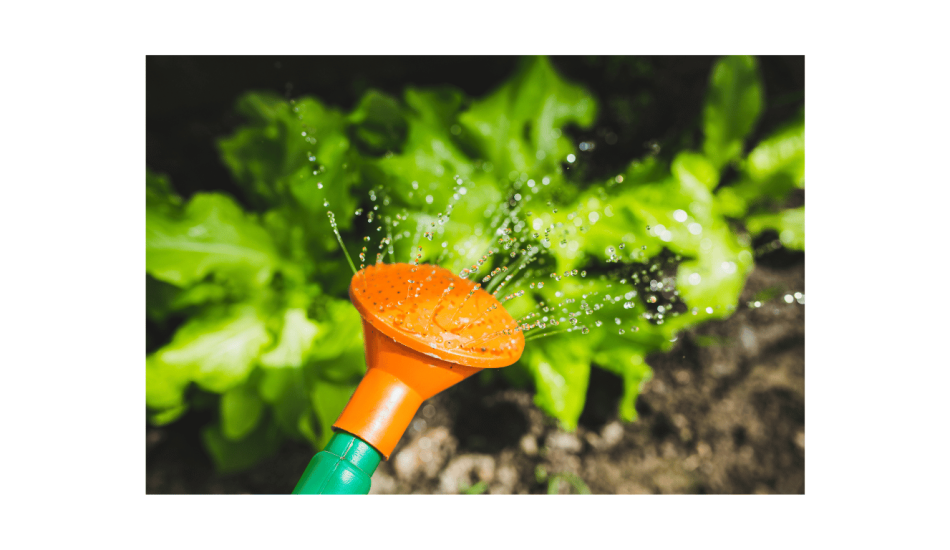
1) First 7 days after planting
@ a quantity of 2 litres / plant for herbaceous plants, shrubs & climbers
Spring/Summer Months: Daily Watering is required
Autumn/Winter : 3 occasions /week
2) Continue watering @ a rate of 3 times per week for the coming season, & throughout Spring/Summer & into Autumn.
3)From then on as necessary dependent on season & weatherrly in the mornings or late in the evenings, especially in hotter weather. This will ensure the water makes it to the roots rather than evaporating from the surface area of leaves. Water the planting in a circle around the base of each plant at the following rates per plant, keeping soil under the bark mulch moist at all times.
Watering Schedule for Trees & Hedges
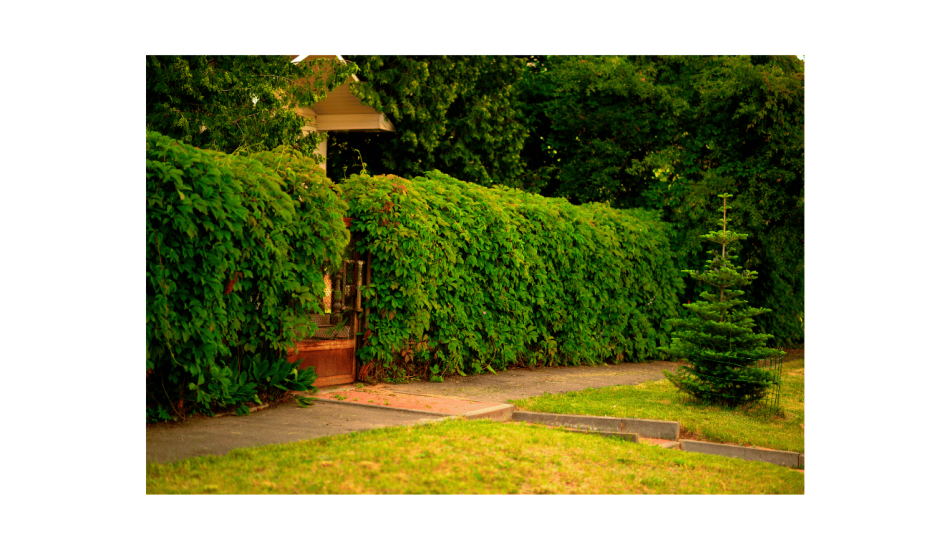
Trees & hedges are by far your biggest investment within any planting scheme. Caring for them is essential for them to be healthy in the short & long term. You must supply the roots with sufficient water, to do this soak the soil around the rootball, this is the area of
The root system that has been transplanted. This wider root system is where the water will be absorbed rather than simply around the trunk itself. Watering session per tree could be 1- 5 minutes depending on the site exposure, soil type & size of tree. They really need a thorough watering, keep the hose in place until you can see water begin to pool on the surface. Watering a tree well from the outset will give you a far more resilient tree in the long term. You want to train the roots to go deep for their water supply, rather than lingering at the surface if only small quantities of water are made available, this promotes drought resilience for summers that are becoming increasingly drier.
Plant Care – Seasonal
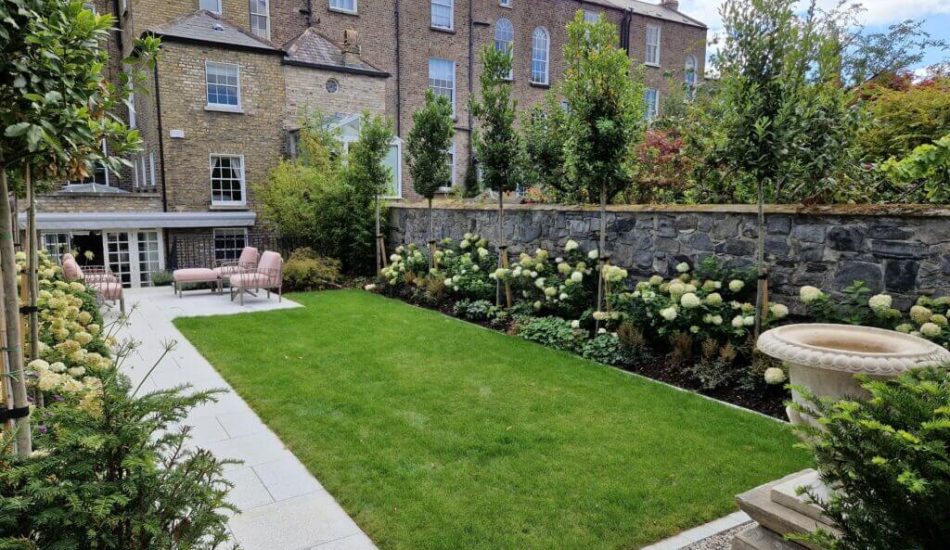
Fertilisers
Our preferred fertiliser are seaweed based, either granular or liquid.Seaweed products are natural and scientifically supported to provide herbaceous plants with the nutrients they require. Give these nutrients as the plant is coming out of dormancy and started to grow at the start of Spring, St Patricks Day is a good date to go by.
Weeding
Weed competition can seriously effect plant growth, from smaller herbaceous plants to full size trees. And so good weeding practice is essential. Weeding can be by hand, hoe or spray. In a densely planted flower bed by hand is the best option, hoeing is ideal in areas that you have space to work without disturbing stems or roots. Sprays most commonly use the chemical glyphosphate, which works on contact with your plant by inhibiting the plant enzymes. It is possible to use sprays on flower beds as long as the spray does not come in contact with your desired plants. Use a cardboard box to funnel spray only onto weeds and protect your flowering plants, care must be taken for the plants and for you yourself, ensure you use appropriate PPE. As with most things prevention is better than cure, and this is where Mulch maintenance is important.
Mulching
Mulch is used on all of our finished flower beds, it gives an aesthetic finish but it also has a very important function to perform, that of suppressing weeds. Laid and maintained at a depth of 50-70mm mulch will reduce weed competition as underneath the mulch is inhospitable to seed germination and exhaust unwanted seedlings from reaching sunlight. Beyond this primary purpose mulch also insulates the soil preventing temperatures fluctuating rapidly, and also significantly reduces water loss from surface evaporation. Keeping your mulch topped up will not only have the garden looking well but also reduce your maintenance overall.
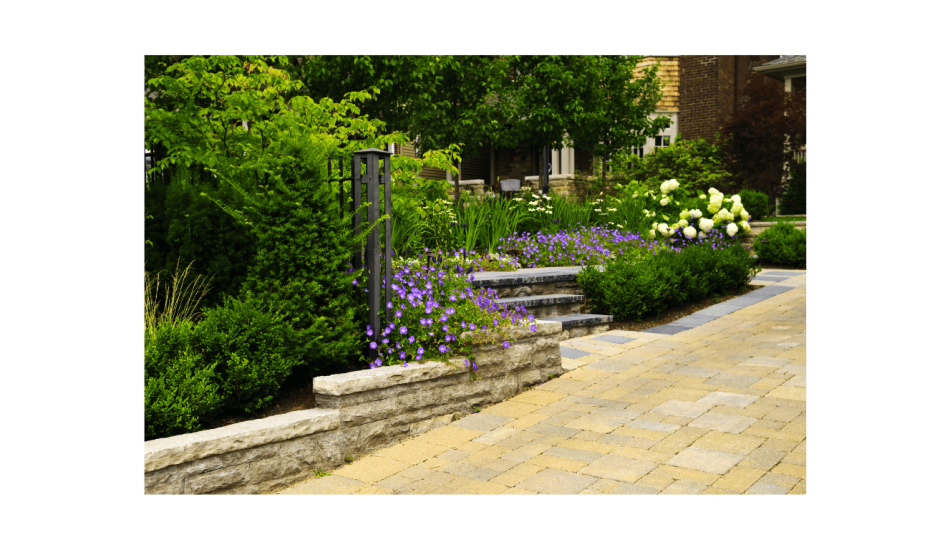
Plant Care – Pruning
Pruning Evergreen vs Deciduous Hedges
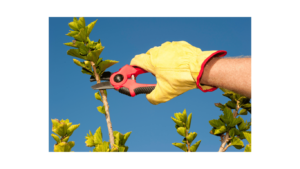
Perennials Care
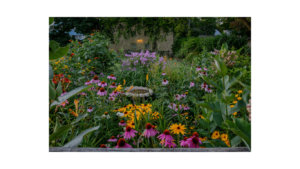
Hydrangea
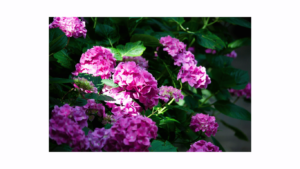
Lavender

Ornamental Grasses
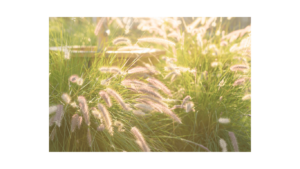
Plants to be extra vigilant with : Bamboo

Plants to be extra vigilant with : Tree Ferns

Lawn Care
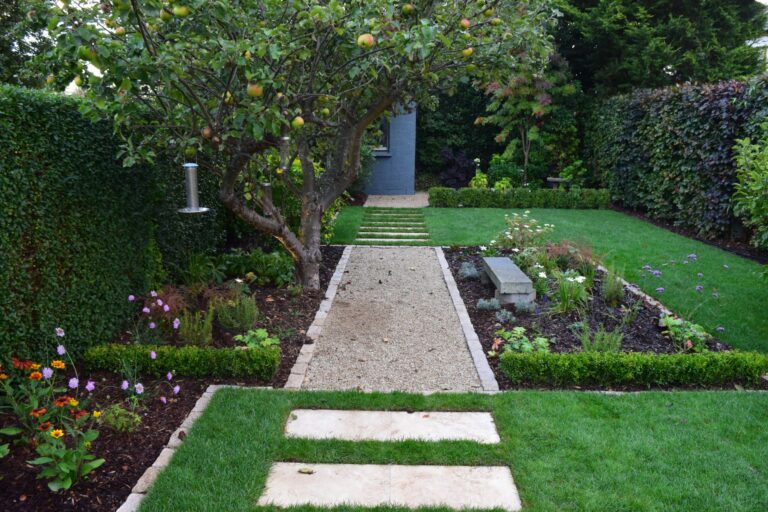
Watering Schedule for New Lawn
Lawn Care
A couple things to look out for in your lawn :
- Compacted Soil: this will be apparently as water puddling on the surface.
To remedy: Aerate the soil by puncturing the surface, either using a standard garden fork or a more specialised hollow-tine aerator. For any holes fill in with a light sandy top dressing. Its best to do this while still in damp weather.
- Patchy lawn : Thatch & Moss can take hold on lawns and gives an unkempt look.
To remedy : Scarify the lawn by using a garden rake or a scarifying machine. This will strip out the congested dead-looking material at the base of the grass.
Surfaces & Systems
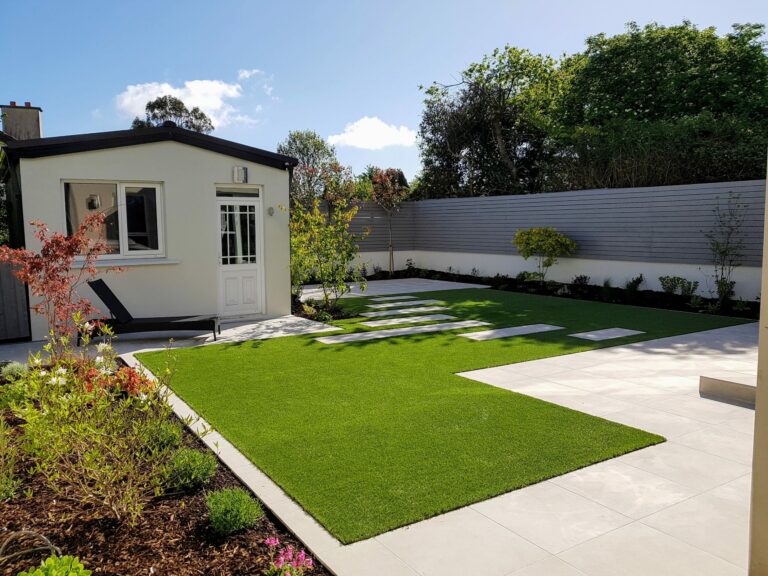
Artificial Lawns
While artificial lawns do not require mowing, they do still require some care to keep them at their best. The membrane is fully permeable and so can be washed down when necessary, often a quick clean up using an electric leaf blower does the trick. In many ways Artificial Lawns can be thought of as a ‘paved’ surface and treated with a similar approach to hard surfaces. For a more thorough maintenance use a stiff bristled yard brush across the whole lawn, back-brushing the grass to volumize.
Irrigation System
Irrigation systems are becoming more popular, and they do offer the most thorough watering solution & in the most optimum way for a plant to receive their water supply, directly at ground level at regular morning or evening intervals. There is a little ongoing care for your Irrigation System. As the seasons change so too will your soil dampness, and so it is important to monitor this and adjust accordingly. We also recommend turning off the system entirely over the Winter Months, usually from November through til March/April as ground temperatures begin to rise. To winterize the system you simply turn off the timer or water source. LandArt can advise if necessary or can carry out this service for a small fee.
There is a little ongoing care for your Irrigation System. As the seasons change so too will your soil dampness, and so it is important to monitor this and adjust accordingly. We also recommend turning off the system entirely over the Winter Months, usually from November through til March/April as ground temperatures begin to rise. To winterize the system you simply turn off the timer or water source. LandArt can advise if necessary or can carry out this service for a small fee.
Paving & Hard Landscaping

Paving & Hard Landscaping
The most common materials in Ireland for paving are natural stone with porcelain seeing more & more popularity in recent years. Natural Stone comes in a variety of sizes and colourings be they Sandstone, Limestone, Slate or Granite, all of which have unique surface texture and qualities. Porcelain is a manufactured material, it is extremely dense with minimal porosity. By comparison to Natural Stone it is thought of as almost non-porous. This in some ways can help reduce staining, with the likes of coffee/wine or rust stains, but it is just as prone to algae & green growth. And so regardless of paving types we recommend a twice yearly clean with detergent & Powerwash. Both Porcelain & Natural Stone will require ongoing maintenance to look their best. ‘Green to Clean’ is a brand we highly recommend for removal of Algae (by far the most common issue in our damp climate).
Porcelain tiles are detailed using lithographic printers and are a finished piece in themselves, ie. no sealant is required. Natural Stone- Sandstone, Limestone, Slate & Granite- are of a more porous nature. Some Natural Stone, in particular Egyptian Limestone, will need to be sealed. This should be repeated in the Aftercare of the paving, every 2-5 years depending on climatic conditions & usage. Maintaining the sealant ensures that the surface is water repellent & stain resistant.
The most vulnerable area of your paving will be the joints, and so it is important to not direct a powerwash nozzle directly onto the joints and grout lines as this will ultimately weaken the bond and damage the finish.


